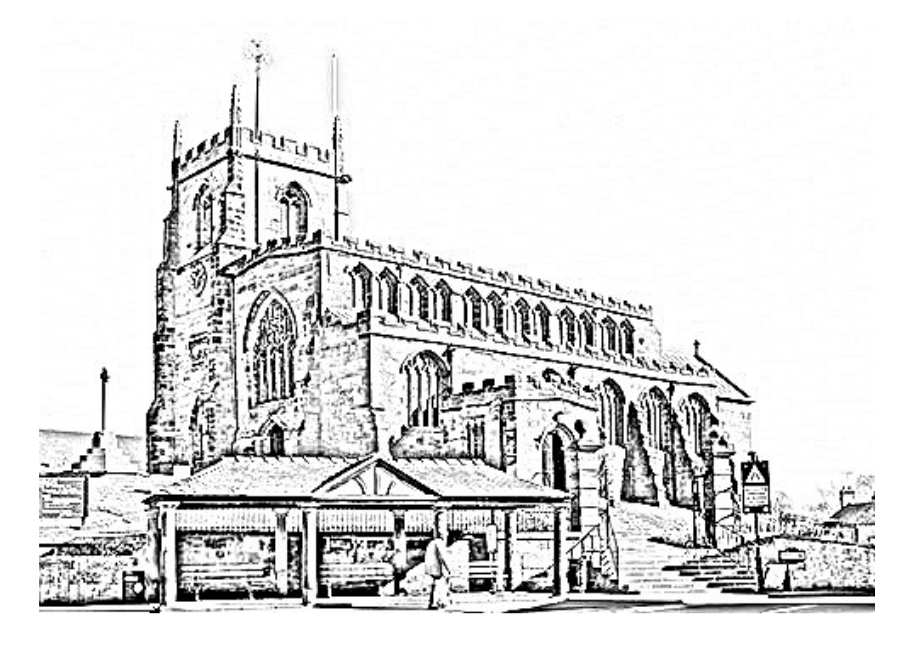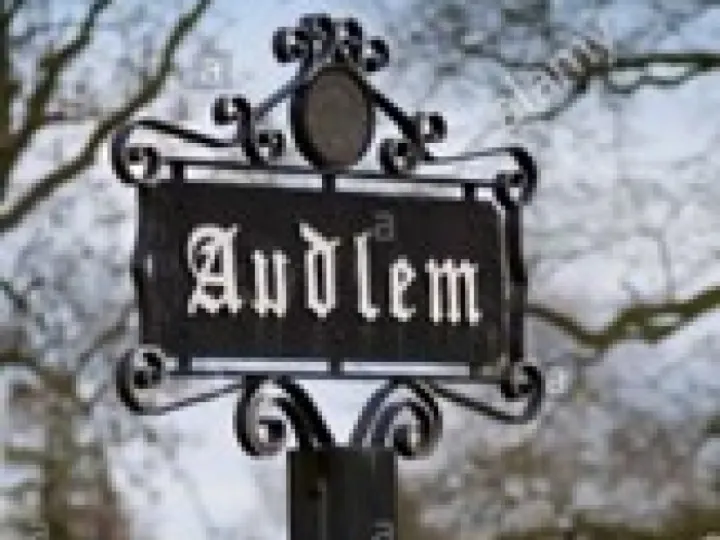A message for traders in Audlem
A message for traders in Audlem:
Dear Traders,
It has been pointed out by a few residents that some A Boards have been removed from The Square. Below are the rules and regulations which govern how A Boards can be displayed.
It is the view of Highways and APC that A Boards should not be displayed on The Square at the Monument and should be removed as soon as possible. A Boards should also not be left over night.
We would appreciate your co-operation on this matter. If you have any questions, please do not hesitate to contact the Clerk to the Parish Council on parishcouncil@audlempc.co.uk
The placement of A-boards (advertising boards) on public footpaths or near pedestrian crossings is subject to regulations primarily under the Highways Act 1980 and the Town Police Clauses Act 1847, as well as local authority guidelines. These laws aim to ensure public safety and prevent obstructions, particularly for pedestrians, including those with disabilities.
Below is a summary of the key legal considerations:1. Obstruction of Public Footpaths
€ Highways Act 1980 (Section 137): It is an offence to wilfully obstruct the free passage along a highway, including public footpaths, without lawful authority or excuse. An A-board placed on a footpath could be deemed an obstruction if it impedes pedestrian movement, especially for visually impaired individuals, wheelchair users, or those with pushchairs.
€ Town Police Clauses Act 1847 (Section 28): This prohibits any person from wilfully causing an obstruction on a public footpath or public thoroughfare, which includes A-boards placed in a way that interrupts pedestrian flow or access to crossings.
€ Minimum Width Requirements: Public footpaths must maintain a minimum unobstructed width (typically 1.5m for field-edge footpaths, as per statutory guidelines, or 1m absolute minimum for temporary works). A-boards reducing the usable width below these thresholds could be considered obstructions.
2. A-Boards Near Pedestrian Crossings
€ Highway Code and Safety Considerations: The Highway Code emphasizes pedestrian safety at crossings (e.g., zebra, pelican, or puffin crossings). A-boards placed near crossings must not obscure visibility for pedestrians or drivers or create hazards. For example, placing an A-board on or near zigzag lines at a zebra crossing is dangerous and prohibited under the Zebra, Pelican and Puffin Pedestrian Crossings Regulations and General Directions 1997 (Regulation 19).
€ Local Authority Restrictions: Many local councils have specific policies banning A-boards within a certain distance of pedestrian crossings (e.g., within 5-10 meters) to ensure clear sightlines and safe passage. These restrictions vary by council, so you should check with the relevant local authority.
3. Local Authority Licensing and Guidelines
€ Licensing Requirements: Many local councils require businesses to obtain a pavement licence to place A-boards on public highways or footpaths. These licences often stipulate conditions such as:
o Maximum size and placement of the A-board (e.g., positioned against the business premises, not free-standing in the middle of the path).
o Ensuring a minimum unobstructed pavement width (commonly 1.5m-2m to accommodate accessibility needs).
o Removal of boards outside business hours to prevent hazards in low visibility.
€ Enforcement: Local authorities can remove A-boards deemed to cause an obstruction or danger under Highways Act 1980 (Section 149) and issue fines or penalties.
€ Accessibility: Councils often reference the Equality Act 2010, which requires reasonable adjustments to ensure access for disabled pedestrians. A-boards that impede visually impaired or mobility-impaired individuals may breach this act.
4. Specific Considerations for Crossings
€ A-boards near crossings must not:
o Block the tactile paving used by visually impaired pedestrians to navigate crossings.
o Obstruct the view of drivers or pedestrians, as this could increase the risk of accidents.
o Be placed on or near crossing points (e.g., zebra crossing studs or zigzag lines), as this is explicitly prohibited to maintain safety.
€ The Highway Code (Rule H2) emphasizes that drivers must give way to pedestrians at crossings, and any A-board that interferes with this priority could be considered a safety hazard.
5. Landowner and Business Responsibilities
€ Businesses placing A-boards on public footpaths are responsible for ensuring they do not obstruct or endanger users. If the footpath is on private land with a public right of way, the landowner must keep the route clear of obstructions, including A-boards, unless they have explicit permission from the local authority.
€ Temporary diversions around A-boards are not typically allowed unless formally agreed with the highway authority, as they could still constitute an obstruction.
6. Reporting and Enforcement
€ If an A-board is causing an obstruction or safety issue, it can be reported to the local council's highways or rights of way team. Many councils offer online reporting systems.
€ Local authorities may issue notices to remove the A-board or take direct action to remove it if it poses a danger or nuisance.
7. Practical Advice
€ Check Local Policies: Contact your local council (e.g., county council or unitary authority) for specific A-board regulations, as rules vary by area. Some councils publish detailed street trading or pavement licensing policies online.
€ Apply for a Licence: If you're a business owner, apply for a pavement licence to ensure compliance and avoid penalties.
€ Ensure Accessibility: Place A-boards to maintain at least 1.5m of unobstructed pavement width and avoid tactile paving or crossing areas.
€ Consult Definitive Maps: If the A-board is on a public right of way, check the definitive map held by the local authority to confirm the path's status and width requirements.
Sources
€ Highways Act 1980 (Sections 137, 149)
€ Town Police Clauses Act 1847 (Section 28)
€ The Highway Code, Rules for Pedestrians and Crossings
€ Public Rights of Way Guidance, GOV.UK
€ Local Authority Guidelines (varies by council, check specific policies)
A-Boards Near Crossings on Parish Land
€ If the parish land includes or is adjacent to a pedestrian crossing (e.g., zebra, pelican, or puffin crossing), A-boards must not:
o Obscure visibility for pedestrians or drivers, per the Highway Code and Zebra, Pelican and Puffin Pedestrian Crossings Regulations 1997 (Regulation 19).
o Be placed on or near zigzag lines or tactile paving, as this poses a safety hazard.
o Interfere with the priority of pedestrians at crossings (Highway Code, Rule H2).
€ Parish councils may have additional restrictions on A-boards near crossings to ensure safety, especially if the land is close to a highway.
Parish Council Permission
€ Permission Required: Even if the parish land is not a public highway, placing an A-board typically requires explicit permission from the parish council, as they are the landowners or managers. Unauthorized placement could be considered trespass or a breach of bylaws.
€ Licensing or Conditions: Some parish councils may require a licence or agreement, similar to local authority pavement licences, with conditions such as:
o Limiting A-board size and placement (e.g., against a business premises, not free-standing).
o Ensuring no obstruction to footpaths or crossings.
o Requiring removal outside business hours.
€ Consultation with Local Authority: If the parish land includes a public right of way, the parish council must coordinate with the local highway authority (e.g., county council or unitary authority), as they have ultimate responsibility for public highways.
Quick Links
Audlem In Cheshire

The village of Audlem is part of the unitary authority of Cheshire East.

